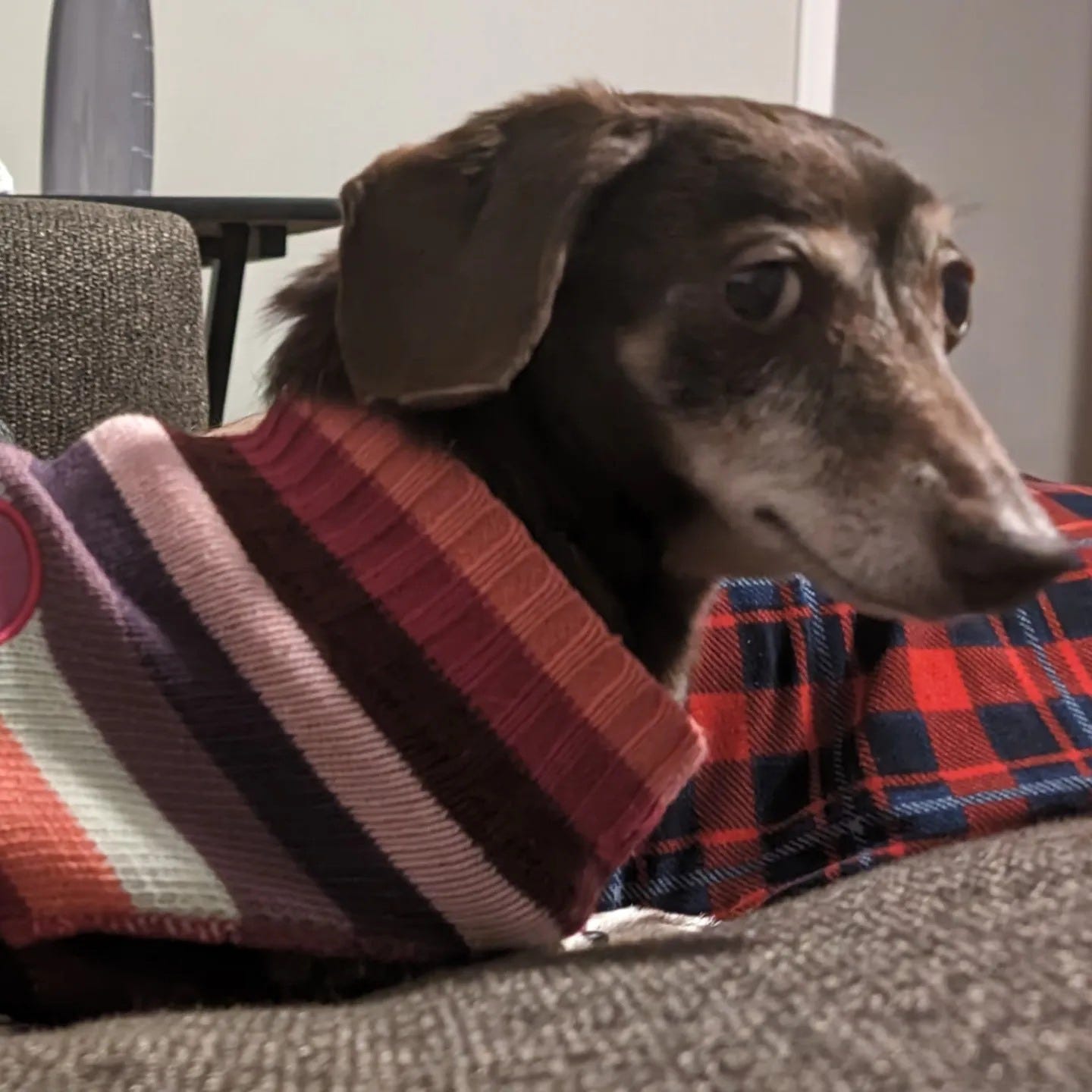Hands
Ever catch yourself making hand gestures while you’re talking?
Ever try to stop yourself from doing this, only to find that your hands seem to want to be a part of the conversation?
It turns out that this technique—gesture foreshadowing—is actually capable of doing some of the thinking for you. This process is called cognitive offloading.
You’re reading this and giving me the side-eye. I can feel it.
I could instantly see how writing something down on a piece of paper (or typing it) qualifies, and I’ve written my fair share about how your mind actually expands well outside of your brain and includes things like your contact list in your phone (when is the last time you memorized a phone number?).
This idea hit me like a thunderbolt, and I had to know whether there was anything to it. Indeed, there is.
When you wave your hands about in the air, you’re making little symbols with the shapes you build. As strange as it may sound, these symbols are doing some of the work your brain would no…
Keep reading with a 7-day free trial
Subscribe to Goatfury Writes to keep reading this post and get 7 days of free access to the full post archives.


